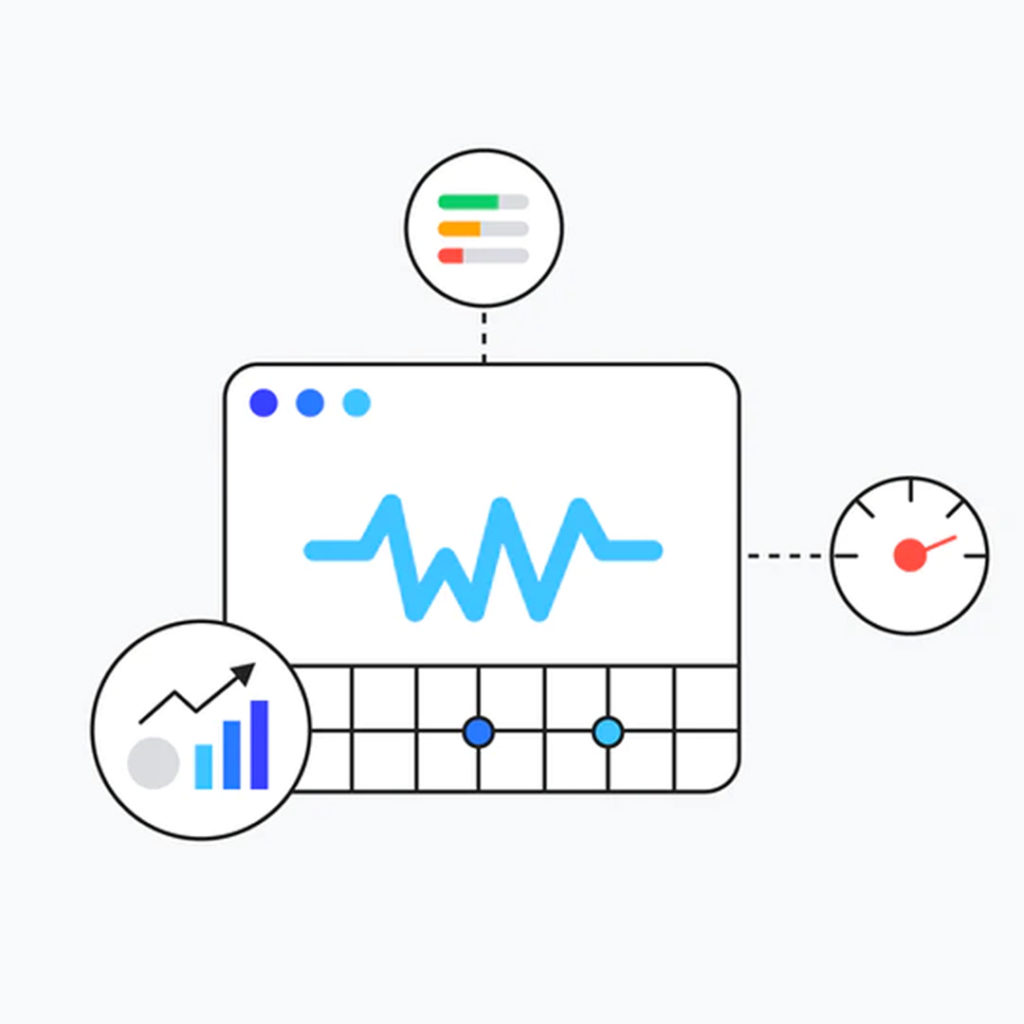Whether you’re a business owner or a marketing director, ensuring that the company website is designed to work in harmony with Google should be a key item on the agenda. The world’s biggest website will have a huge influence on your traffic, trust, and conversions. Understanding Google core web vitals is essential for anyone wanting to achieve more.
The following guide will give you an insight into what Google core web vitals are, along with why they’re important, and how you can use them to your full advantage.
An Introduction to Google Core Web Vitals
The power of Google is not up for debate. The search engine is responsible for over 92% of all search engine traffic while over 5.4 billion searches are completed on the website every single day. Given that only one-quarter of web users will scroll to page two, getting onto the first rank of the Search Engine Results Page (SERP) is the aim of every website owner.
Google’s complex algorithm uses over 200 metrics to index pages based on their relevance to the user. Core Web Vitals was introduced in May 2021 and has understandably become a hot topic for marketers.
In short, Google core web vitals are used to deliver actionable tips that web owners can use to enhance the user experience of their sites. With the search engine now placing an even greater emphasis on the ‘page experience’, websites that implement the recommended changes will see a noticeable improvement in their page indexing.
While Google is still changing how the vitals are measured and consistently updating their codebase, it’s clear that they will have a telling influence on page rankings for the next few years – not least when coupled with other developments, such as the drop in Google reviews being shown.
Given that many companies will hesitate, this is the perfect time for businesses to reclaim the high ground in the battle for a first-page indexing. However, any company that hasn’t re-built its website in the last 5-10 years should make it an immediate priority.
What are the Google Core Web Vitals
Now that you understand what Google Core Web Vitals set out to achieve, the next step is to look at the different metrics that fall under its umbrella. Ultimately, the main focus revolves around the site speed across the entire domain and all inbound marketing channels.
There are three main web vitals that combine with a range of external factors (safe browsing, HTTP, mobile-friendliness, and non-intrusive interstitials) to determine the overall page experience. They are:
Largest Contentful Paint
The Largest Contentful Paint, or LCP, is a metric that relates to the loading speed of the webpage’s main content. Google uses a traffic light indicator to analyze the website’s current performance.
- Green – 0-2.499 seconds.
- Amber – 2.5-3.999 seconds.
- Red – 4 seconds or longer.
In an ideal world, then, webpage content should load up in less than 2.5 seconds on both desktop and mobile devices. If this is not the case, introducing compression and other tools to accelerate the load times will be key.
First Input Delay
The First Input Delay, or FID, monitors the length of time it takes for a webpage to become interactive. Essentially, it’s the delay between a site loading and the user being able to input data. The traffic light signal is used.
- Green – 0-100 milliseconds
- Amber – 100.001-300 milliseconds.
- Red – 300.0001 milliseconds or longer.
This metric has a telling impact on how the website will be perceived by web users and, therefore, Google too. Design tweaks, particularly to interactive features, should solve this issue and lead to a significant page rank increase.
Cumulative Layout Shift
The cumulative layout shift, or CLS, relates to the visual stability of the webpage once it has loaded. Minor movements and readjustments are expected, but they should be minimal. The Google system uses the following indicators.
Green – 0-01 visual instability.
Amber – 01-0.25 visual instability.
Red – Over 0.25 visual instability.
The layout shift relates to all layout aspects on the page while it also covers the mobile versions as well as desktop versions. When the website underperforms in this arena, Google’s core web vitals will provide actionable advice on how to overcome this.
Get help with Google Core Web Vitals today!
Google Core Web Vitals are now a key ingredient in the recipe for success, impacting the webpage indexing as well as the user experience. Whether your website is in critical need of an upgrade or you simply wish to prepare yourself while simultaneously monitoring the situation, our agents are here to help.
Give us a call to find out more!




